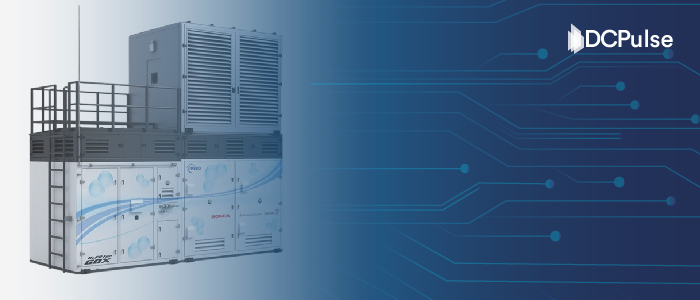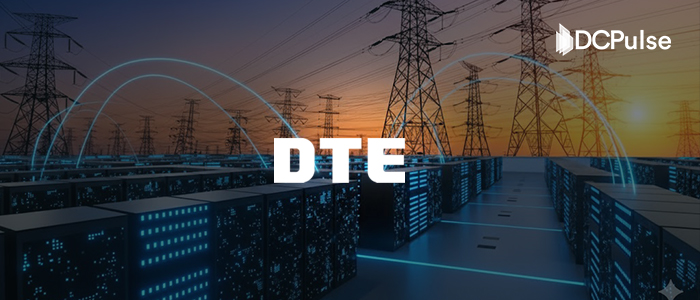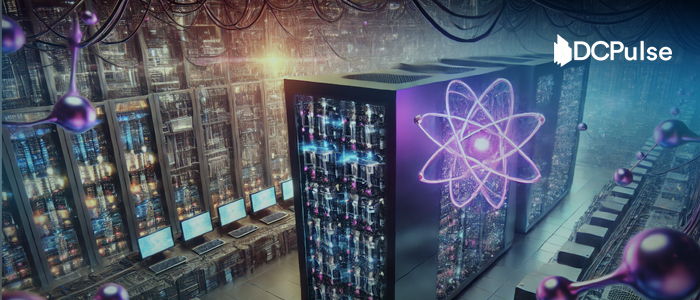Yamaguchi, Japan- The fuel cells once built to move cars are now wired to power machines that don’t move at all. In a pilot project that reimagines automotive technology as clean digital infrastructure, Honda and Mitsubishi have announced a plan to operate a data center using stationary power systems made from repurposed electric vehicle fuel cells, fueled entirely by industrial by-product hydrogen.
The project is set to run from August 2025 to March 2026 in Shunan City, Yamaguchi Prefecture. It will combine four 250kW fuel cell units, sourced from retired Honda fuel cell electric vehicles (FCEVs), into a compact 1MW power station. Mitsubishi will operate the connected data center, marking the first time these mobility-grade energy units will be used to sustain live digital workloads.
Hydrogen for the project will be supplied by Tokuyama Corporation, a chemical manufacturer whose chlorine production process yields hydrogen as a by-product. Instead of venting or flaring the gas, the fuel will be captured and redirected to the fuel cell system, enabling zero-emission electricity generation.
The system’s startup time is listed at under 10 seconds, and its only exhaust is water vapor.
Honda’s role in the project centers on integrating and adapting the fuel cell stacks, originally engineered for mobile use, into fixed-site infrastructure with stable power output and remote operability.
The company says this is part of its broader “Smart Hydrogen Station” initiative and aligns with its efforts to scale down the environmental impact of its manufacturing and energy operations.
Mitsubishi will oversee data center operations throughout the trial period, testing the reliability of the hydrogen-powered setup under real compute loads. The pilot also supports Mitsubishi’s wider exploration of low-carbon energy systems for its enterprise and cloud infrastructure arms.
While hydrogen has long been positioned as a clean fuel, the use of waste hydrogen, especially from industrial processes, gives this project a distinct environmental profile. It avoids the energy-intensive process of generating green hydrogen via electrolysis and instead diverts an existing waste stream toward productive use.
As such, the project represents not just a fuel shift, but a waste-to-power strategy for IT infrastructure.
Fuel cells from Honda’s earlier-generation EVs are repurposed at end-of-life, offering a second use phase in an entirely different sector. This avoids premature recycling or scrapping and brings new longevity to materials that are otherwise energy-intensive to produce. The modularity of the fuel cell systems allows for scalable configuration, with each 250kW unit capable of being added or removed depending on demand or redundancy needs.
The system’s full capacity, 1 megawatt, is modest by hyperscale standards but well-suited to distributed or edge computing applications. The fast response time and lack of particulate emissions make it ideal for urban or environmentally sensitive deployments, and the fixed hydrogen fuel source reduces exposure to grid instability.
The project follows a broader uptick in hydrogen-powered data center experiments, particularly from Bloom Energy and FuelCell Energy, both of which have deployed stationary solid oxide fuel cell systems in partnership with U.S. and European operators.
However, unlike those systems, which rely on proprietary stacks built for infrastructure from the ground up, Honda’s approach leverages the economics of reuse, turning automotive-grade hardware into site-stable power components.
According to Honda, the goal is to “establish a verification model” that could inform future deployments of fuel-cell-based infrastructure. If successful, the company may consider similar systems for emergency backup or baseline operation of its own facilities.
The project is supported locally by the Yamaguchi Prefectural Government as part of its hydrogen development strategy. In a press statement, the government noted it “aims to create a decarbonized, recycling-oriented society” by promoting projects that link industrial by-products with next-generation energy systems.
While this is a limited-scope trial, its success could carry broader implications not just for Japan’s data infrastructure, but for how fuel cell life cycles are extended across sectors.
The real innovation may lie not in the technology itself, but in where and how it’s used: powering data with discarded mobility tech and wasted gas.



.jpg)

.jpg)